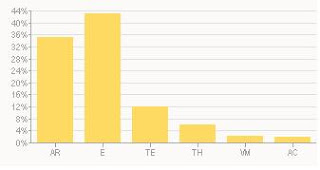I've always wobbled in the saddle. Always. I've been riding a bike for 25 years and I've always been told that I need to lower my saddle or do this or do that to correct my wobble.
Well I have tried. Many times. To no avail. I studied the issue quite a bit a couple of years ago. You can read about my ponderings in my 2006 posts: Saddle Height and at Saddle Height/Q-Rings.
A friend graciously reopened that conversation for me the other day. This time I thought about it some more and decided to check LLD - leg length discrepancy. I carefully measured my trochanter heights - the height from the floor to the tip of the little bony protrusion on your hip bone. It's the most lateral protrusion of the greater trochanter in this image:
I did some Google work and found lots of people rushing to their doctors and trashing all thier shoes because they had a leg length discrepancy of ¼” or ½”.
I seem to have a ¾” LLD goin’ on.
I’m leaning towards the “If it ain’t broke, don’t fix it approach; but we’ll see. I'd like to fix the wobble; and I think the LLD is the likely cause. But I suspect there's a good chance I'd screw something else up if I started adding shims, et cetera. And all that would be a pain in the arse, even if only figuratively.







